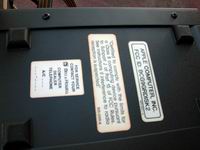 |
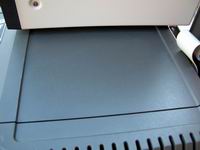 |
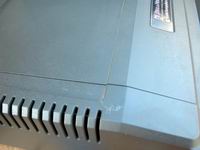 |
|
Bottom view of Drive 2. This drive is much newer
than Drive 1, and as you can see it has the B&H and Apple
labels. |
Top view from the right side. |
Top view from the left side. Some scratches on
the case itself. |
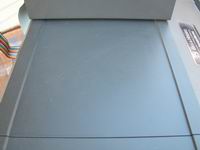 |
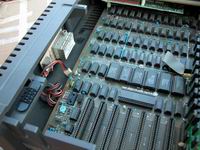 |
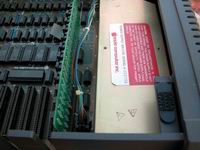 |
|
Another top view from the left side. Very clean
top cover. |
View of the logic board from the back. In this
particular unit, the original owner installed an R/F modulator. |
Picture of the power supply and 16KB RAM card.
Since this photo, I replaced this generic card with an Apple II
Language Card. |
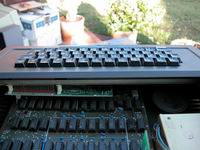 |
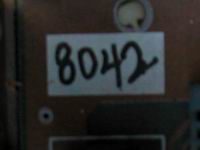 |
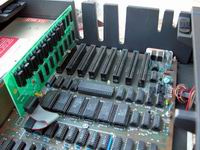 |
|
View of the keyboard from the back of the unit.
You can also see the keyboard's analog board. |
This particular
logic board has the serial number hand-written, 8042. |
Another view of the logic board, from the front.
The peripheral slots are black (earlier versions of the logic
board used green slots, which were reportedly surplus from
Hewlett-Packard). |
 |
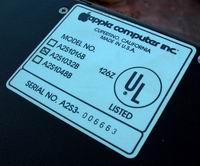 |
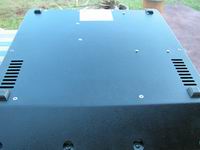 |
|
Back view of the power supply. Earlier power
supplies like this one allowed you to change the fuse without
opening the entire power supply. |
The bottom label of this particular unit, serial
number A2S3-006663. |
Bottom view of the unit. All four feet are
original and intact. Clean bottom! |
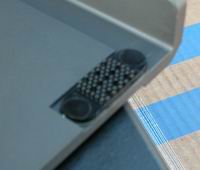 |
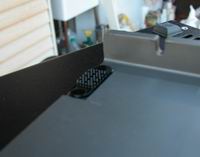 |
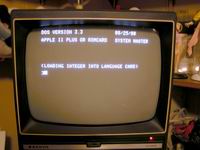 |
|
Original Velcro tabs are still in place. |
Both of them! |
The SANYO monitor connected to the unit, showing
it booting into DOS 3.3. The DOS that is with this unit is the
8/25/1980 release. |
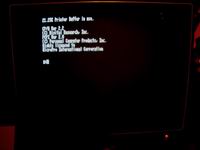 |
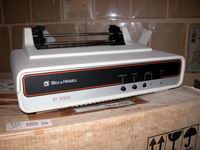 |
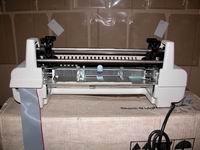 |
|
I also added an Appli-CARD CP/M card. This screen
shows the unit booting into CP/M 2.2, which is really neat
because the 80-column video is actually generated using hi-res
graphics mode. |
This is the Bell & Howell P100, which is
identical to the MPI 99G. Though MPI sold it for other
computers, B&H specifically marketed it for the Darth Vader
model. |
Back view of the P100. Note that the Centronics
ribbon cable is fixed into the printer, and cannot be removed. |

![]()
![]()

















